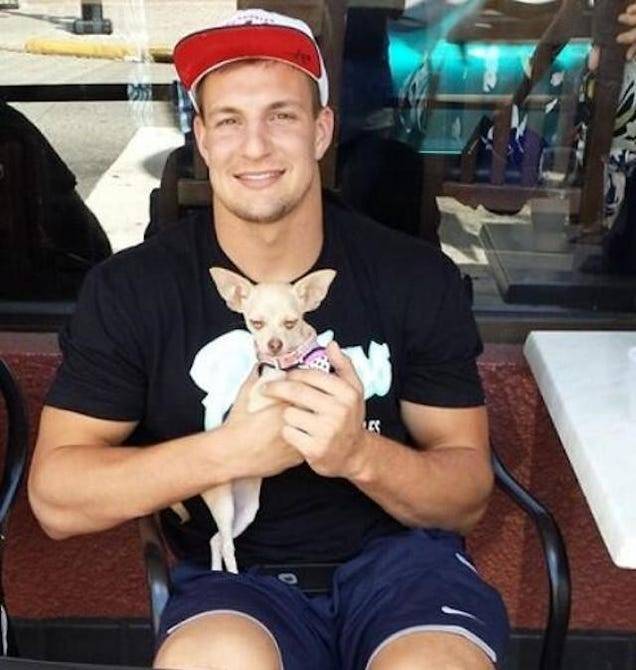Boss
Take a Memo:
It was a relatively safe pass had the defense not reacted with perfect anticipation.
Well any pass is relatively safe if the defense doesn't anticipate and react, right?
When I say "safe pass" it means the type of pass where ONLY your receiver can make the catch. Throwing to the middle of Patriots linemen and linebackers was NOT a safe pass. Obviously! lol



